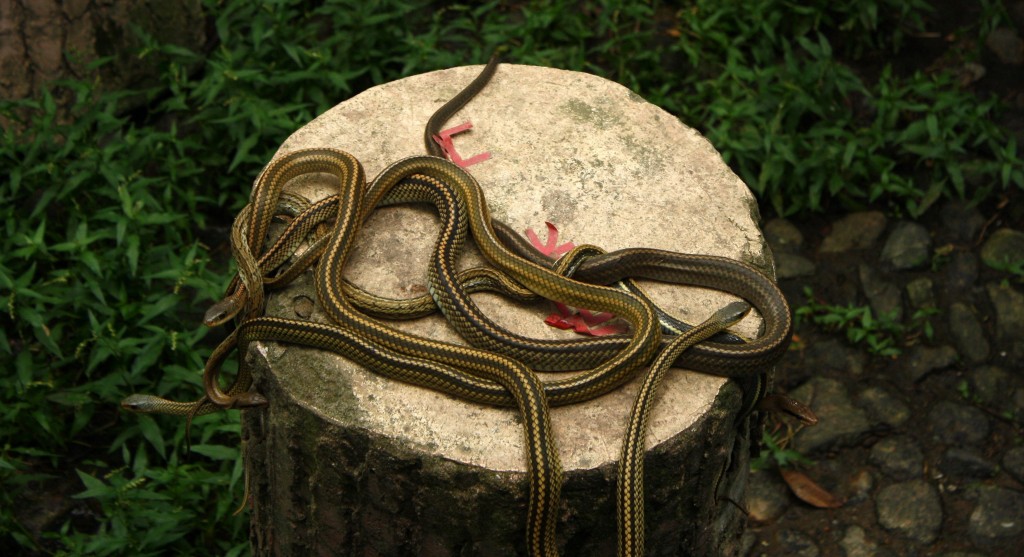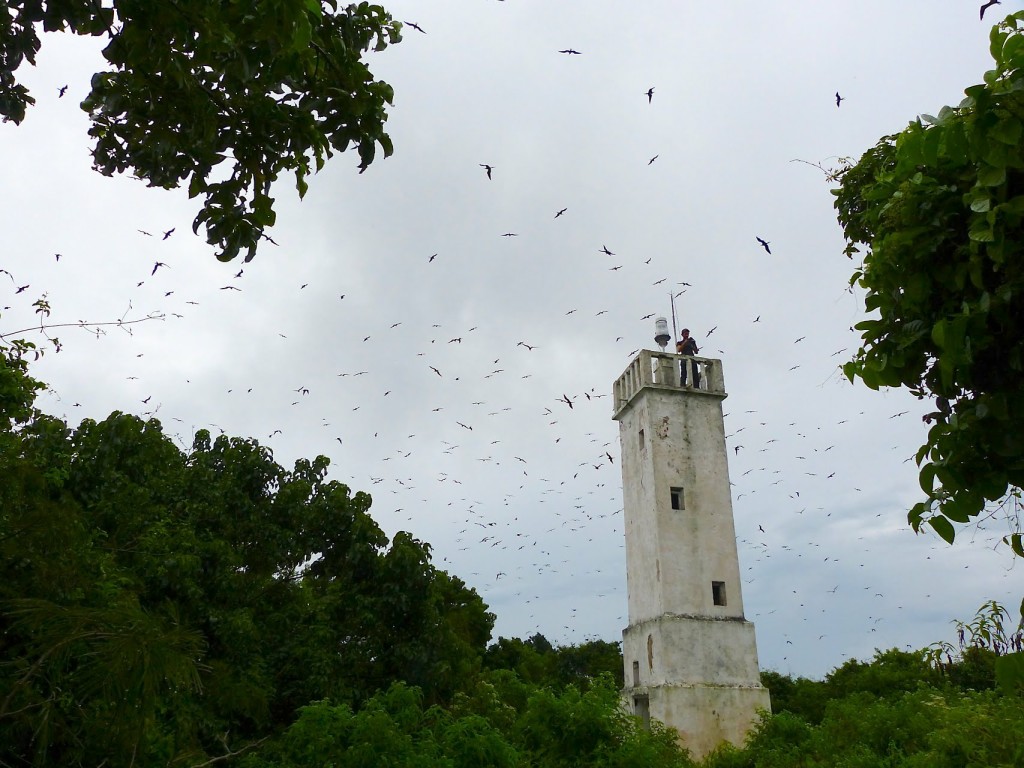December 20, 2022
The most dangerous nature reserve in the world is the island of Keimada Grande
Before the New Year holidays, the network publishes a lot of ratings of the best places to relax. Today we will tell you about a place that is categorically not recommended to visit. This is the Brazilian island of Queimada Grande, located 35 km from the coast, south of Sao Paulo. Its main inhabitants are island botrops, extremely venomous snakes from the viper family, which consider any living creature that enters their territory as a food source. It will not be possible to avoid meeting with the owners of the island: there are more than 5,000 of them per 0.43 km2, that is, 5-6 snakes per square meter. Snakes lie in tangles on the sand, crawl along the rocks overhanging the sea, crawl from tree to tree in search of food. There are so many of them under the canopy of the island forest that a quiet rustle is constantly heard there.
Island botrops are endemic and live only on the Caymada Grande. 10000-12000 years ago, as a result of geological processes, the island separated from the mainland. The snakes had no natural enemies, and as a result they seized the entire territory, becoming the owners and main inhabitants of the island. Of course, it is not easy for such a large number of snakes to find food for themselves, so they have learned to live in trees and hunt birds. As a result of evolution, the poison of botrops has become incredibly strong and fast-acting, birds die before they have time to take off, otherwise they would die over the sea or get other snakes. A mouse bitten by this snake dies within 2-3 seconds.
Once in the human body, the poison causes protein breakdown, tissue necrosis, acute renal failure, intestinal and brain bleeding. Antidotes are not very effective, in 7% of cases the victim dies.
Brazilians are wary of Queimada Grande and call it the "island of death". Tourists are brought to the island by pleasure boats, but are not allowed to go ashore, not only because of the danger, but also because it is prohibited by law. Since 1985, Keimada Grande has received the status of a nature reserve. Fishing and diving are even prohibited in the vicinity of the island. The only people visiting the reserve are herpentologists and sailors of the Brazilian Navy, who disembark once a year to check the operation of the automatic lighthouse.

Of course, people tried to clear the island to make banana plantations there, but each time they were forced to retreat under the onslaught of its poisonous inhabitants. This is probably one of the few cases when animals managed to defend their habitat.

Island botrops are endemic and live only on the Caymada Grande. 10000-12000 years ago, as a result of geological processes, the island separated from the mainland. The snakes had no natural enemies, and as a result they seized the entire territory, becoming the owners and main inhabitants of the island. Of course, it is not easy for such a large number of snakes to find food for themselves, so they have learned to live in trees and hunt birds. As a result of evolution, the poison of botrops has become incredibly strong and fast-acting, birds die before they have time to take off, otherwise they would die over the sea or get other snakes. A mouse bitten by this snake dies within 2-3 seconds.
Once in the human body, the poison causes protein breakdown, tissue necrosis, acute renal failure, intestinal and brain bleeding. Antidotes are not very effective, in 7% of cases the victim dies.
Brazilians are wary of Queimada Grande and call it the "island of death". Tourists are brought to the island by pleasure boats, but are not allowed to go ashore, not only because of the danger, but also because it is prohibited by law. Since 1985, Keimada Grande has received the status of a nature reserve. Fishing and diving are even prohibited in the vicinity of the island. The only people visiting the reserve are herpentologists and sailors of the Brazilian Navy, who disembark once a year to check the operation of the automatic lighthouse.

Of course, people tried to clear the island to make banana plantations there, but each time they were forced to retreat under the onslaught of its poisonous inhabitants. This is probably one of the few cases when animals managed to defend their habitat.
Read more
July 31, 2024
April 12, 2024
April 5, 2024